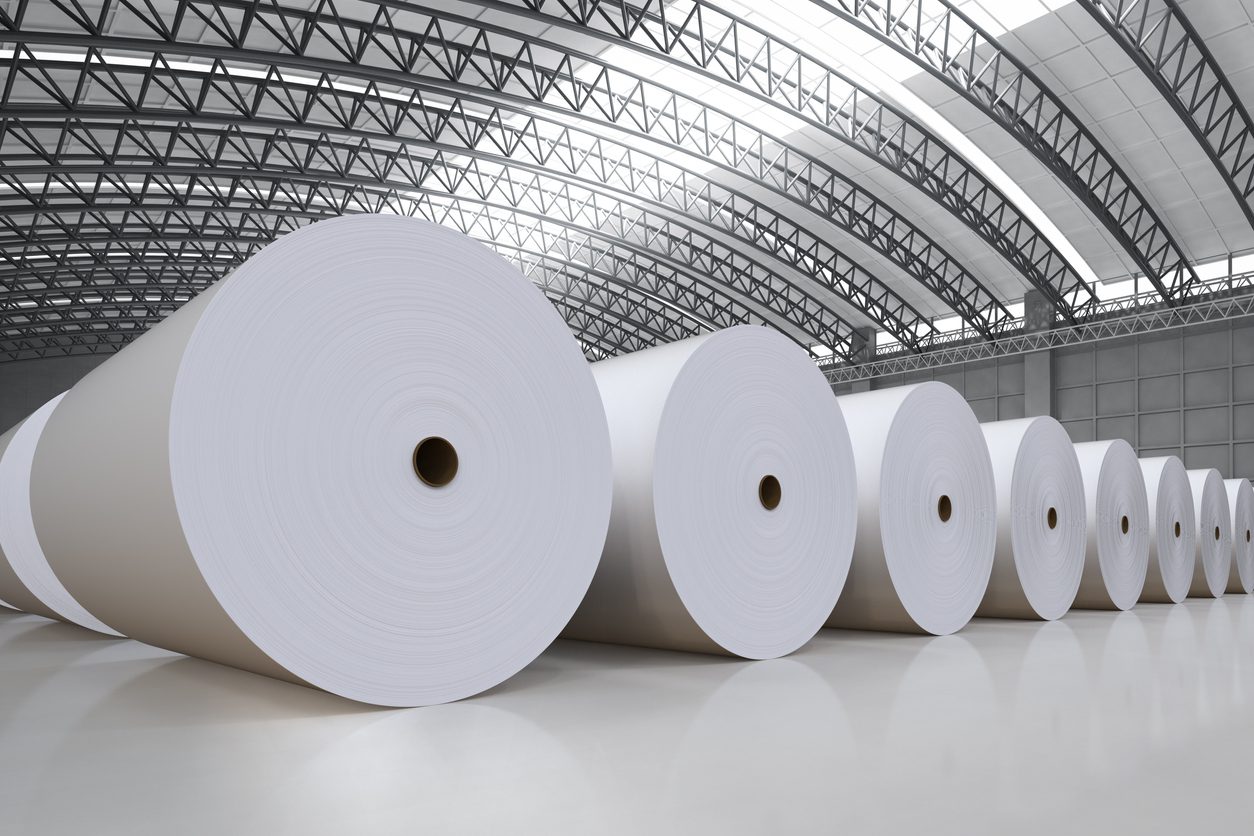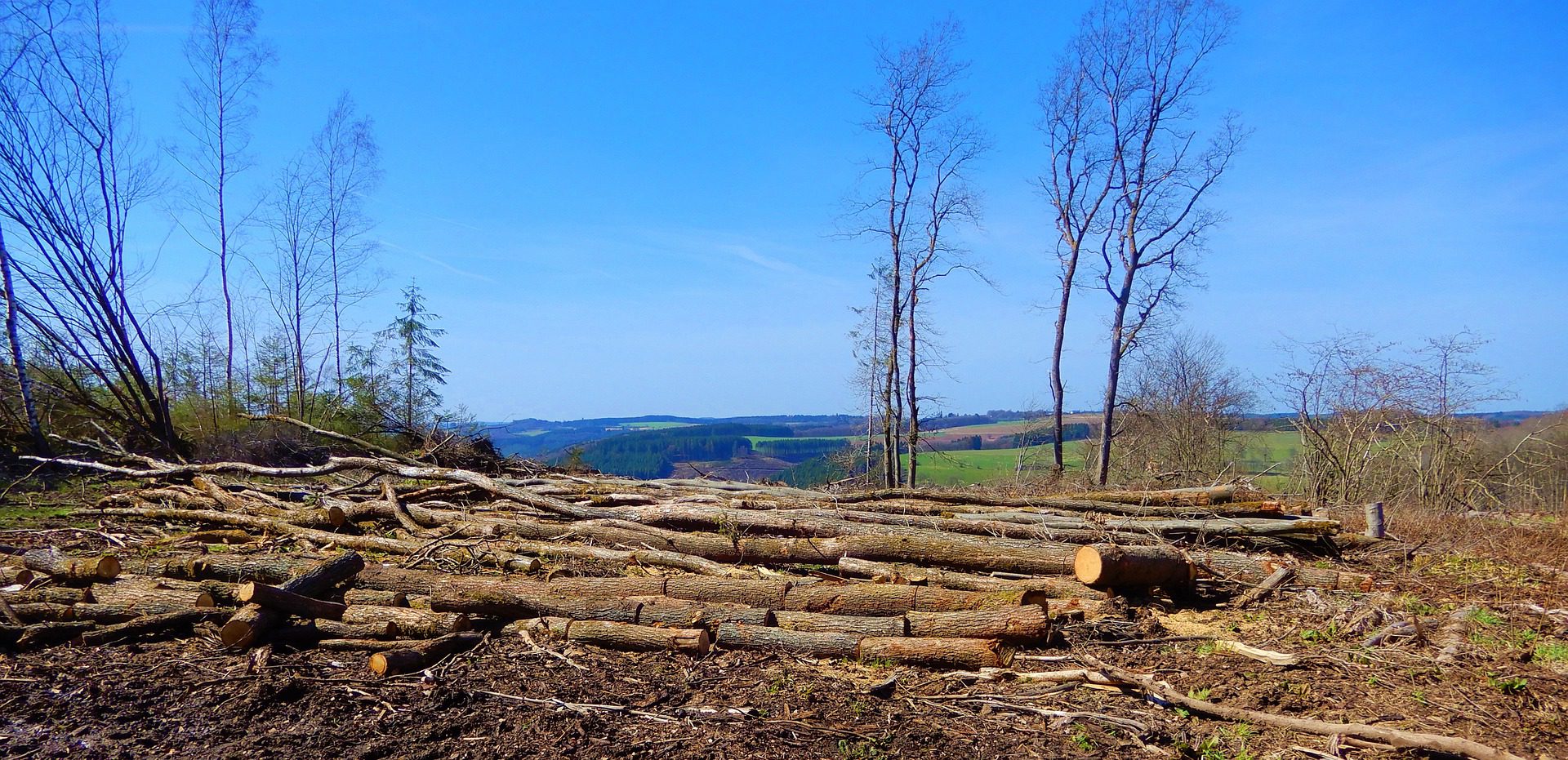A Beginner’s Guide to Responsible Paper Sourcing
Sustainability isn’t just a trend for most businesses; it’s a mandate. According to an 2021 Oxford Economics survey, nearly three-quarters (73 percent) of executives from top consumer product companies said that sustainability was a top concern at all stages of the supply chain process—from design and R&D, through manufacturing, logistics and delivery.
However, saying that your company operates in a sustainable way is one thing; doing it is another. And improved accountability is a trend that we can expect to continue. In April, the Attorney General of California announced an investigation into fossil fuel and petrol chemical companies for their role in “causing and exacerbating the global plastics pollution crisis.”
Recognizing the impact of our plastic pollution problem, an increasing number of brands are looking to transition their packaging to paper-based alternatives. Unlike plastic, paper is comprised of renewable materials. Paper can also be recycled up to five to seven times through most curbside recycling programs. Plastic, which currently has limited recycling availability, can only be recycled two to three times.
Transitioning from plastic to paper-based packaging is just one of the options companies can consider as they look to create longer-term value for their customers in a way that limits the impact on natural resources while building local communities.
However, not all paper packages are created equally. It’s important to understand where your product materials come from to mitigate the risk of exploitation to natural resources and local people. This happens when timber or wood is farmed illegally and unsustainably.
Paper is primarily made of wood fiber, which is often collected from the scrap of lumber used to make things like building materials or furniture. This wood fiber comes from three primary sources, including recycled, certified and uncertified stock.
Unlike plastic, paper is made from a renewable resource.
To help you better understand the basics around responsible paper sourcing, this guide will provide an overview of the primary sources of wood fiber, relevant certification bodies and how to start developing data and benchmarks to improve your responsible paper sourcing efforts over time.
Protecting Our Forests
Forests cover approximately one-third (31percent) of the world’s land area, providing critical ecosystems for plant and animal habitats, clean water, carbon storage and jobs for local people. Approximately 25 percent of the world’s population relies on forests for their livelihoods, many of whom are the poorest and most vulnerable.
However, around the world, many forests are being illegally harvested and deforested. According to the United Nations, approximately 25 million acres of forest were impacted by deforestation globally between 2015 and 2020. Much of this happens through the conversion of land use to agriculture.
Illegal harvesting mostly occurs in countries that lack robust forest harvesting laws or enforcement. Experts estimate that in 2013, 85 percent of illegal wood came from three primary countries: Brazil, Indonesia and Malaysia.
Improving accountability through sourcing will help limit the market for this type of activity and better protect our forests.
Timber Farming in the U.S.
Within the U.S., much of the harvested wood comes from privately owned forests (58 percent). Of this group, 92 percent are categorized as family forest owners who farm timber much as you would farm soybeans or corn, practicing what is known as “sustainable forestry.” This means that owners actively manage forests in a way that ensures the long-term care and viability of forests to provide natural resources such as clean water and wood for now and in the future.
Families own 92 percent of privately owned forests in the U.S.
There are several certification bodies, including the Sustainable Forestry Initiative (SFI) and the Forest Stewardship Council (FSC). These organizations help ensure the integrity of forest management practices; however, only about one-tenth of the world’s forests are certified. According to the Yale School of the Environment, the majority of certified forests are located in industrialized countries, including the U.S., Canada, Sweden and Finland.
In the U.S., where all of our paper product is sourced, only a small fraction of the private, family-owned forests are certified, despite the sustainability of the practices in place. This is largely due to high costs, infrequent harvests and other issues. Despite increasing demand, supply levels of certified wood fiber remains low.
The Limitations of Recycled Fiber
Recycled wood fiber is another source for wood fiber, and one would think that with all of the awareness around sustainability, recycled paper content would be an infinite supply. While the American Forest & Paper Association reports that in 2021, the paper recycling rate climbed to 68 percent and more than 50 million tons of paper was recovered in 2021—an amount that could fill rail cars stretching from New York to Los Angeles three times—it still is a finite resource.
When paper made from virgin wood fiber is recycled, it becomes recycled fiber and can be recycled another five to seven times. However, it loses fiber material through each recycling process. The Sustainable Packaging Industry notes that as much as 80 percent of fiber can be lost after only two rounds of collection and processes.
In its Guide to Verifying Responsible Sourcing of Fiber, it notes: “These process losses mean that in North America, even if all recoverable fiber is collected and processed—without new fiber inputs—most recycled paper products would run out of material in less than one year.”
Ultimately, recycled content is a finite resource that also requires the addition of new fiber.
Sourcing Paper from Uncertified Forests
As you begin your sustainability journey, work closely with your suppliers and ask them questions about their sourcing methods, particularly if you are not purchasing that has not been certified. These questions can include who paper fiber is sourced from, where it originates and what tree species it contains. By gaining better visibility into your supply chain, you can establish benchmarks to improve your sourcing methods and improve the overall sustainability of your product.
In its “Guide to Verifying Responsible Sourcing of Fiber,” the Sustainable Packaging Coalition outlines several steps to responsibly sourcing fiber. The includes:
- Level-set and establish baseline information about your supply chain
- Define goals and acceptable sources
- Engage the supply chain against set goals
- Assess and report on progress toward goals and identify opportunities for improvement.
In addition, the guide offers a comprehensive list of questions you can ask to help ensure supply chain traceability. This is a key element of your sustainability program and can be applied to all materials used within your operation.
Ultimately, the key is to understand the basics and start thinking about where your wood fiber originates. Improving the transparency of our supply chains helps improve practices, which ultimately better helps protect our forests and the earth.
For the Sustainable Packaging Coalition’s “Guide to Verifying Responsible Sourcing of Fiber,” please visit: https://vrs.sustainablepackaging.org.








